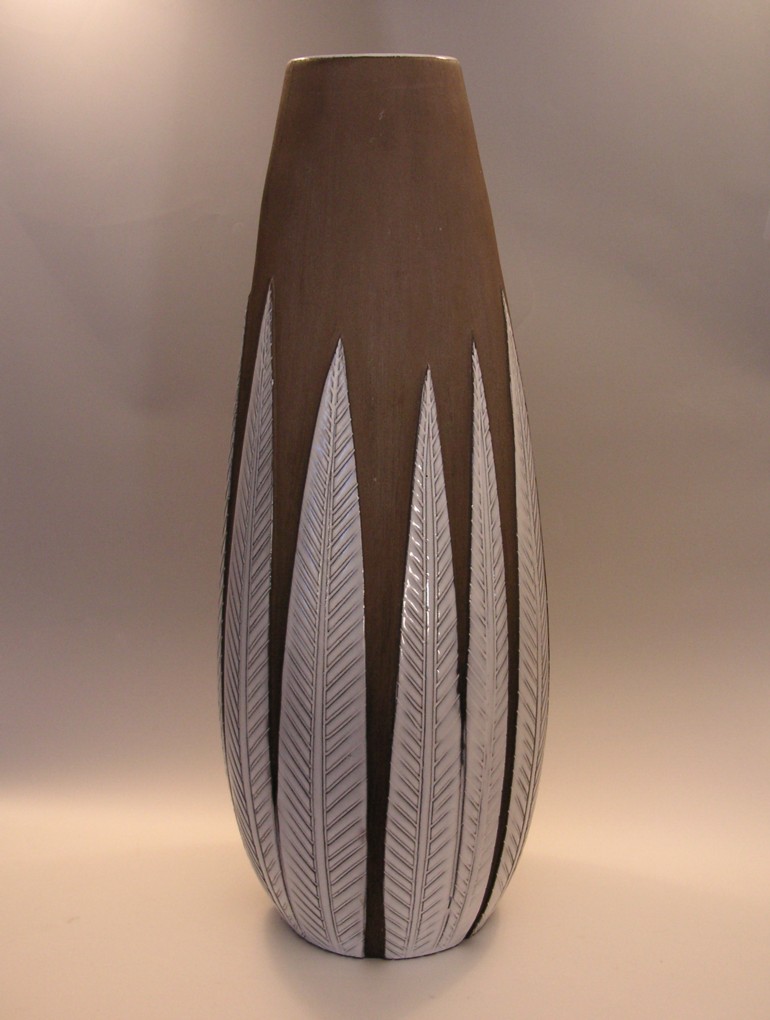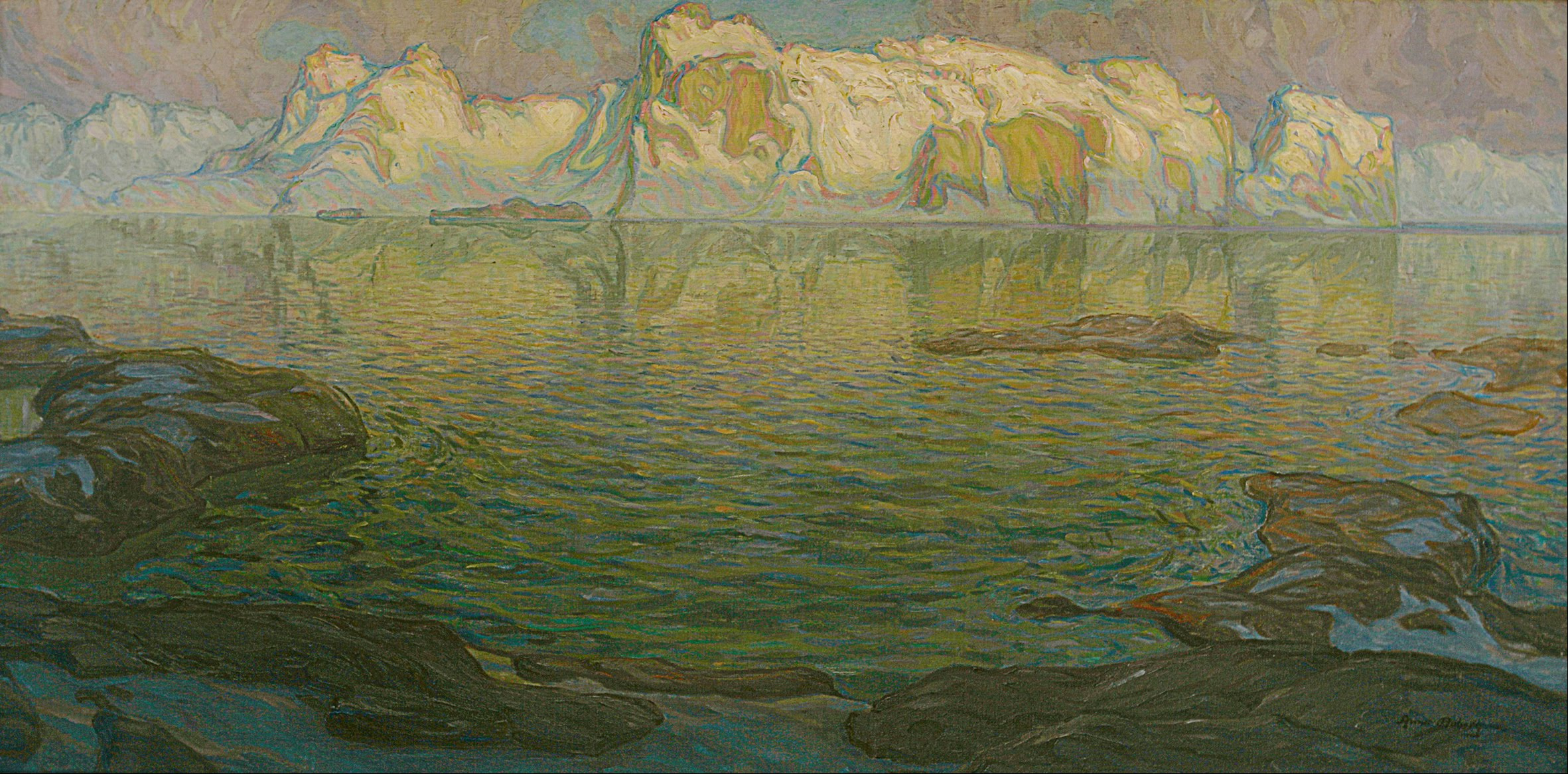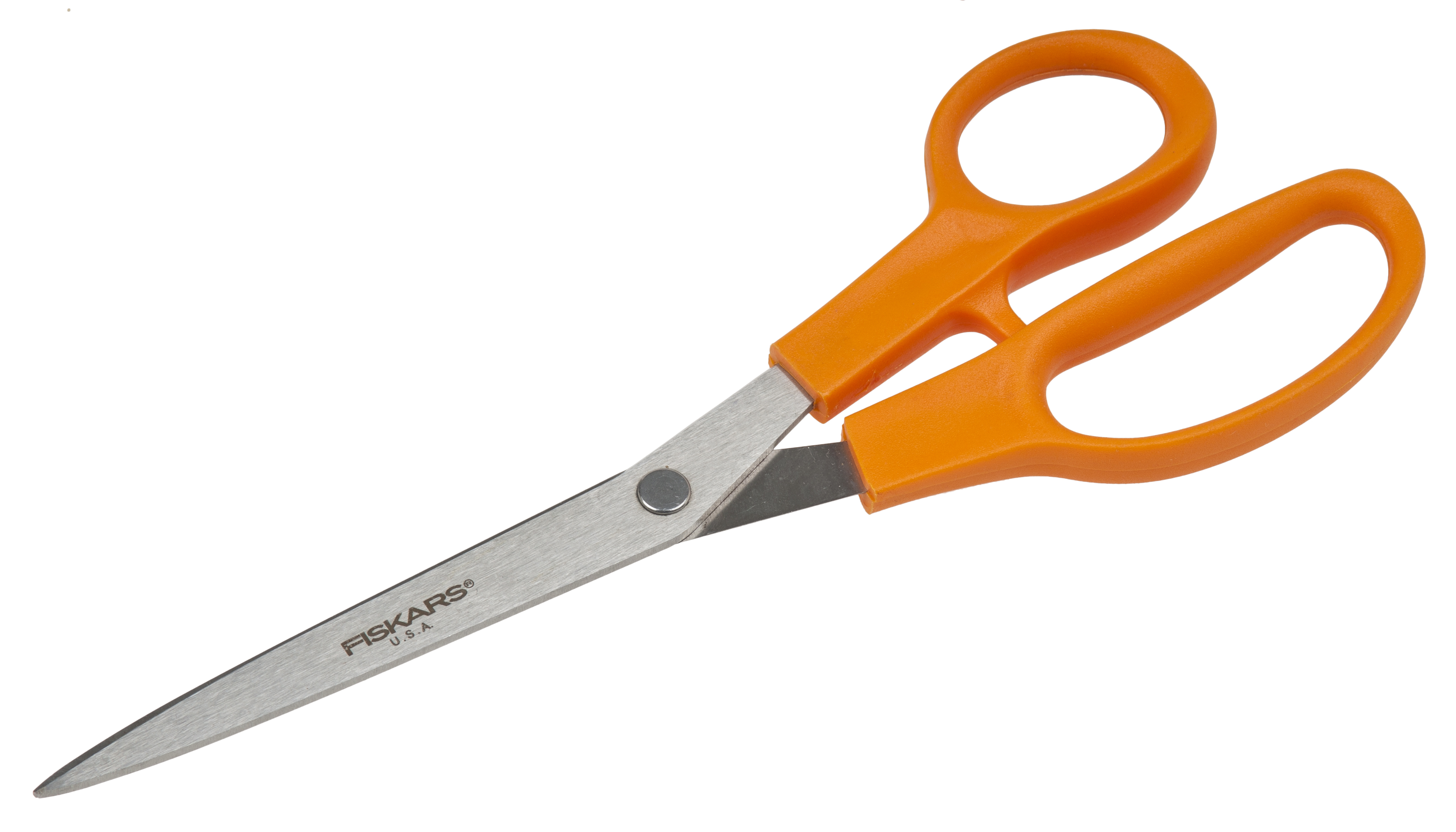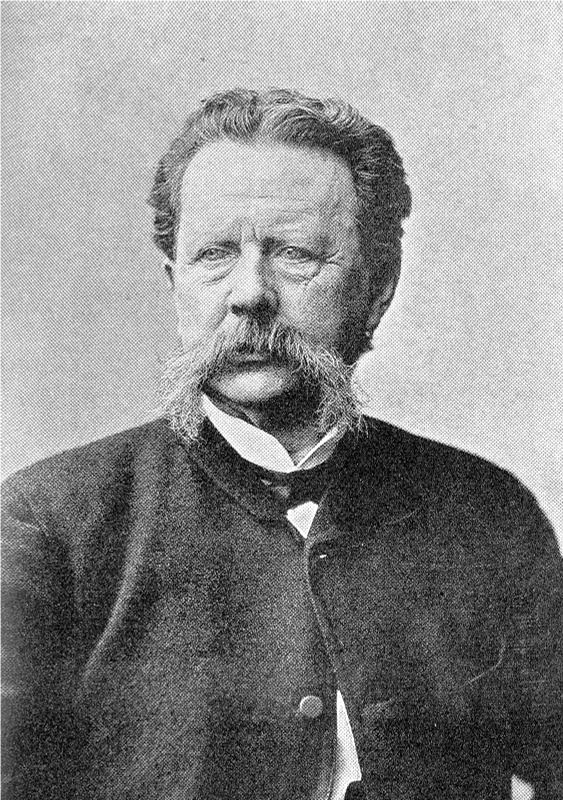|
Rörstrand
Rörstrand porcelain was one of the most famous Swedish porcelain manufacturers, with production initially at Karlbergskanalen in Birkastan in Stockholm. History The Rörstrand waterfront site was first documented in the 13th century when Magnus Ladulås donated property to the Convent of Poor Clares. In 1527, the area was returned to the crown under Gustavus Vasa. The area was named "Rörstrand" because the clear lake's shore was overgrown with reeds. After an "Associations contract between all concerned in the Swedish Porcelain works, which will be established at great Rörstrand in the Delft manner" was signed in 1726, a porcelain factory was built at the castle of Rörstrand. The factory had indeed been given the privilege to produce true porcelain, but faience was the only ware that was made until the 1770s. In 1758, the rival manufactory at Marieberg began to produce porcellanous stoneware. High production costs, a small market, and intense competition from importe ... [...More Info...] [...Related Items...] OR: [Wikipedia] [Google] [Baidu] |
Upsala-Ekeby
Upsala-Ekeby AB was a porcelain, tile, brick, and glass company founded in 1886 in Uppsala, Sweden. From 1910 to 1945, Upsala-Ekeby produced tiled cocklestoves in Ekeby. In 1910, Upsala-Ekeby hired designers for their production of household and art ceramics. Upsala-Ekeby expanded by buying competing companies including Gefle Porcelain AB Group and the AB Karlskrona Porcelain Factory. In 1964, Upsala-Ekeby began a major expansion with the acquisition of the Swedish ceramic company Rörstrand. To expand their tabletop business, Upsala-Ekeby acquired Reijmyre Glassworks, Kosta Boda (glass) and GAB Gense (cutlery). The Upsala-Ekeby group of companies was acquired by investment company Proventus in 1980. Proventus sold off all of the companies formerly in the Upsala-Ekeby group between 1982-1984. History Upsala-Ekeby Ltd. was established on 29 January 1886. Uppsala began with production of bricks and tiles. The raw material for production was within the property, and the clay ... [...More Info...] [...Related Items...] OR: [Wikipedia] [Google] [Baidu] |
Louise Adelborg
Louise Nathalie Adelborg (2 July 1885 – 9 September 1971) was a Swedish porcelain designer and textile artist. Biography Louise Adelborg was born in Ludgo, Södermanland County, Sweden, a member of the noble Adelborg family. She was the daughter of Jacquette De Geer and Otto Ehrenfrid Adelborg, a Swedish Army captain. Her brother Fredrik became a diplomat, and her brother Gustaf-Otto became a writer. She graduated from the Technical School in Stockholm, following up with study trips to Italy and France. She began exhibiting ceramics and embroidery in 1916, and around the same time was tapped as a designer of patterns for the Rörstrand porcelain factory. She continued working for them until 1957, developing into a highly respected designer known for "an understated yet graceful modernism". Patterns she developed include Vase (1923) and the National Service (ca. 1930). National Service, later renamed Swedish Grace, features a wheat-ear motif and was exhibited at the Stockholm ... [...More Info...] [...Related Items...] OR: [Wikipedia] [Google] [Baidu] |
Anna Boberg
Anna Katarina Boberg, née Scholander, (3 December 1864 – 27 January 1935) was a Swedish artist married to prominent architect Ferdinand Boberg. Anna Scholander was the daughter of architect Fredrik Wilhelm Scholander and the granddaughter of Axel Nyström. Boberg was a person of many artistic pursuits; initially she worked with Pottery, ceramics and Textile arts, textiles (among other things she created "the Peacock vase" for Rörstrand) and besides painting she also worked with set design and writing, for example. She came from an artistic family, but never received any formal training in the arts, and is considered an autodidact. Many of her paintings are of northern Norway, which became Boberg's main focus for many years after a trip there in 1901. These works were not received very well in Sweden, but did much better in Paris. Boberg spent a great deal of time in the area near Lofoten in Norway, where she eventually had a cabin, and made many of those trips on her own. ... [...More Info...] [...Related Items...] OR: [Wikipedia] [Google] [Baidu] |
Fiskars
Fiskars Corporation (natively Fiskars Oyj Abp; formerly Fiskars Oy Ab until 1998) is a Finnish consumer goods company founded in 1649 in Fiskars, Finland, Fiskars, a locality in the town of Raseborg, Finland, about 100 kilometres (62 mi) west of Helsinki. It is one of the List of oldest companies, oldest continuously operating companies in the world. Fiskars' global headquarters are located in the Keilaniemi district of Espoo, near Helsinki. Fiskars is best known for its orange-handled scissors, which were originally created in 1967. Fiskars operates as an integrated consumer goods company and has two strategic business units – SBU Living and SBU Functional. History The company traces its origins to 1649, when a Dutch merchant named Peter Thorwöste was given a charter by Christina, Queen of Sweden, to establish a blast furnace and forging operation in the small village of Fiskars, Finland, Fiskars; however, he was not permitted to produce cannons. This makes it the old ... [...More Info...] [...Related Items...] OR: [Wikipedia] [Google] [Baidu] |
Iittala
Iittala, founded as a glassworks in 1881, is a Finnish design brand specialising in design objects, tableware and cookware. Iittala has strong design roots in glasswares and art glass which can be seen in the early designs of ''Aino Aalto'' glasses designed by Aino Aalto in 1932; Alvar Aalto’s ''Savoy Vase'' (''Aalto Vase'') from 1936; Oiva Toikka’s ''Birds by Toikka'' glass birds collection that has been made since 1962, his glassware set ''Kastehelmi'' from 1964 and Tapio Wirkkala’s glasses ''Tapio'' from 1952. and ''Ultima Thule'' from 1968. Iittala has expanded from glass to other materials, such as ceramics and metal while keeping with their key philosophy of progressive elegant and timeless design, such as Kaj Franck’s ''Teema'' ceramic tableware from 1952 and Timo Sarpaneva's cast iron pot ''Sarpaneva'' from 1960. Iittala focuses on timeless design which can be seen not only in older creations but in the modern classics. For example, cookware ''Tools'' d ... [...More Info...] [...Related Items...] OR: [Wikipedia] [Google] [Baidu] |
Faience
Faience or faïence (; ) is the general English language term for fine tin-glazed pottery. The invention of a white Ceramic glaze, pottery glaze suitable for painted decoration, by the addition of an stannous oxide, oxide of tin to the Slip (ceramics), slip of a lead glaze, was a major advance in the Pottery#History of pottery types, history of pottery. The invention seems to have been made in Iran or the Middle East before the ninth century. A kiln capable of producing temperatures exceeding was required to achieve this result, after millennia of refined pottery-making traditions. The term is now used for a wide variety of pottery from several parts of the world, including many types of European painted wares, often produced as cheaper versions of porcelain styles. English generally uses various other terms for well-known sub-types of faience. Italian tin-glazed earthenware, at least the early forms, is called maiolica in English, Dutch wares are called Delftware, and their E ... [...More Info...] [...Related Items...] OR: [Wikipedia] [Google] [Baidu] |
Subsidiary
A subsidiary, subsidiary company, or daughter company is a company (law), company completely or partially owned or controlled by another company, called the parent company or holding company, which has legal and financial control over the subsidiary company. Unlike regional branches or divisions, subsidiaries are considered to be distinct entities from their parent companies; they are required to follow the laws of where they are incorporated, and they maintain their own executive leadership. Two or more subsidiaries primarily controlled by same entity/group are considered to be sister companies of each other. Subsidiaries are a common feature of modern business, and most multinational corporations organize their operations via the creation and purchase of subsidiary companies. Examples of holding companies are Berkshire Hathaway, Jefferies Financial Group, The Walt Disney Company, Warner Bros. Discovery, and Citigroup, which have subsidiaries involved in many different Industry (e ... [...More Info...] [...Related Items...] OR: [Wikipedia] [Google] [Baidu] |
Ferdinand Boberg
Gustaf Ferdinand Boberg (11 April 1860 – 7 May 1946) was a Swedish architect. Biography Boberg was born in Falun. He became one of the most productive and prominent architects of Stockholm around the turn of the 20th century. Among his most famous work is an electrical plant at Björns trädgård, Björns Trädgård in Stockholm, that was inspired by Middle Eastern architecture. The building was converted in the late nineties and is now the Stockholm Mosque. He also designed Nordiska Kompaniet, the most prominent department store in Stockholm and Rosenbad which today houses the Swedish government chancellery. Boberg's only international exhibition building that remains in existence today - the 1904 St. Louis World's Fair Swedish Pavilion - remains standing in Lindsborg, Kansas. After retiring as an architect in 1915, Boberg and his wife Anna traveled around Sweden with the aim of preserving the cultural heritage through a book of drawings. Over 3,000 sketches were made and ... [...More Info...] [...Related Items...] OR: [Wikipedia] [Google] [Baidu] |
Willow Pattern
The Willow pattern is a distinctive and elaborate chinoiserie pattern used on ceramic tableware. It became popular at the end of the 18th century in England when, in its standard form, it was developed by English ceramic artists combining and adapting motifs inspired by fashionable hand-painted blue-and-white wares imported from Qing dynasty China. Its creation occurred at a time when mass-production of decorative tableware, at Stoke-on-Trent and elsewhere, was already making use of engraved and printed glaze transfer printing, transfers, rather than hand-painting, for the application of ornament to standardized vessels (transfer ware). Many different Chinese-inspired landscape patterns were at first produced in this way, both on bone china or porcellanous wares, and on white earthenware or pearlware. The Willow pattern became the most popular and persistent of them, and in various permutations has remained in production to the present day. Characteristically the background col ... [...More Info...] [...Related Items...] OR: [Wikipedia] [Google] [Baidu] |
Hakusan, Ishikawa
is a city located in Ishikawa Prefecture, Japan. , the city had an estimated population of 113,375 in 43246 households, and a population density of 290 persons per km2. The total area of the city was . It is the second-most populous city in Ishikawa Prefecture after Kanazawa. Geography Hakusan is located in southwestern Ishikawa Prefecture in the Hokuriku region of Japan and is bordered by the Sea of Japan to the west and Fukui Prefecture to the south, and Gifu Prefecture and Toyama Prefectures to the east. The southeastern portion of the city is dominated by high mountains. Parts of the city are within the borders of Hakusan National Park. Neighbouring municipalities *Fukui Prefecture ** Katsuyama ** Ōno *Gifu Prefecture ** Shirakawa (village) ** Takayama *Ishikawa Prefecture **Kanazawa ** Kawakita ** Komatsu ** Nomi ** Nonoichi *Toyama Prefecture ** Nanto Climate Hakusan has a humid subtropical climate (Köppen ''Cfa'') characterized by mild summers and cold winters with ... [...More Info...] [...Related Items...] OR: [Wikipedia] [Google] [Baidu] |
Wärtsilä
Wärtsilä Oyj Abp (), trading internationally as Wärtsilä Corporation, is a Finnish corporation, Finnish company which manufactures and services power sources and other equipment in the Marine propulsion, marine and energy markets. The core products of Wärtsilä include technologies for the energy sector, including gas, multi-fuel, liquid fuel and biofuel power plants and energy storage systems; and technologies for the marine sector, including cruise ships, ferries, fishing vessels, merchant ships, navy ships, special vessels, tugs, yachts and offshore vessels. Ship design capabilities include ferries, tugs, and vessels for the fishing, merchant, offshore and special segments. Services offerings include online services, underwater services, turbocharger services, and also services for the marine, energy, and oil and gas markets. At the end of December 2023, the company employed 17,800 workers. Wärtsilä has two main businesses; Energy Business focusing on the energy marke ... [...More Info...] [...Related Items...] OR: [Wikipedia] [Google] [Baidu] |
Lidköping
Lidköping () is a locality and the seat of Lidköping Municipality in Västra Götaland County, Sweden. It had about 40,000 inhabitants in 2021. It is situated on the southern shore of Lake Vänern and sometimes refers to itself as "Lidköping vid Vänern", to distinguish itself from Linköping near Sweden's east coast. Attempts have been made to change the official name to "Lidköping vid Vänern" but these attempts have not been successful. Geography The town of Lidköping is divided by the Lidan River, flowing through the central city. The eastern side of it is called the old town, and the western side is known as the new town. File:Lidan river in Lidköping in the evening.jpg, Lidan river in Lidköping in the evening File:Mina ship on Lidan, Lidköping.jpg, :Mina ship (1876) on Lidan, Lidköping The municipality of Lidköping is, together with its eastern neighbor Götene, located on the Läckö-Kinnekulle peninsula. In association with several large local compan ... [...More Info...] [...Related Items...] OR: [Wikipedia] [Google] [Baidu] |







